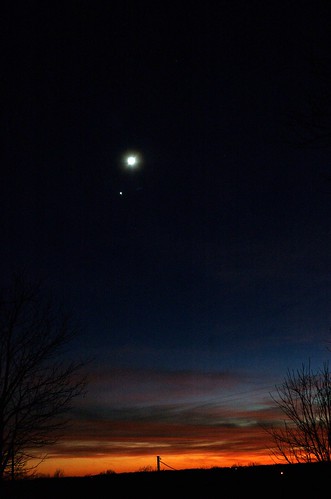This morning we got to experience a lunar eclipse! Unfortunately, the eclipse began as the Moon was setting, so we didn’t get to see the entire eclipse, just the beginning.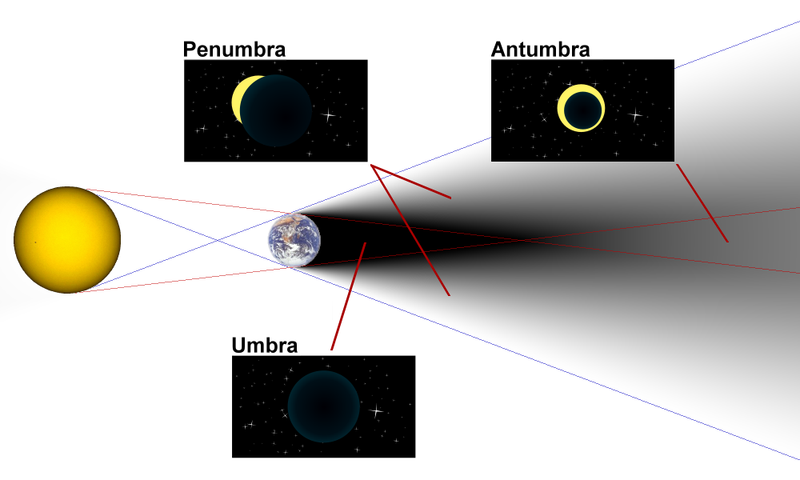
Tag Archives: Moon
Mystery of the Lunar Ionosphere
If you take an introductory course in Astronomy, such as the ASTR 120 or ASTR 122 courses here at JCCC, you’ll learn that the Moon is airless, that it has no atmosphere. As with most things in astronomy, and science in general, that statement is more or less correct, but when you examine the Moon more closely, there are a lot of complications that arise. The Moon doesn’t really have an atmosphere in the traditional sense, but that doesn’t mean that it’s completely devoid of a shroud of gas. Recently, more information has been discovered about the Moon’s ionosphere, something that shouldn’t exist for an airless world. Check out this video from Science@NASA for the details.
The Lunar Reconnaissance Orbiter Images Apollo Landing Sites
Not that this will stop the conspiracy theorists who insist that Apollo happened on a soundstage, but for the rest of us, this is pretty darn cool! The Lunar Reconnaissance Orbiter (LRO) is in a very low orbit around the Moon, and using its hi-resolution camera it was able to capture images of the Apollo 12, 14, and 17 landing sites. You can see the equipment left on the surface, rover tracks, and foot paths left by the Apollo astronauts.
Evening With The Stars for Fall 2009
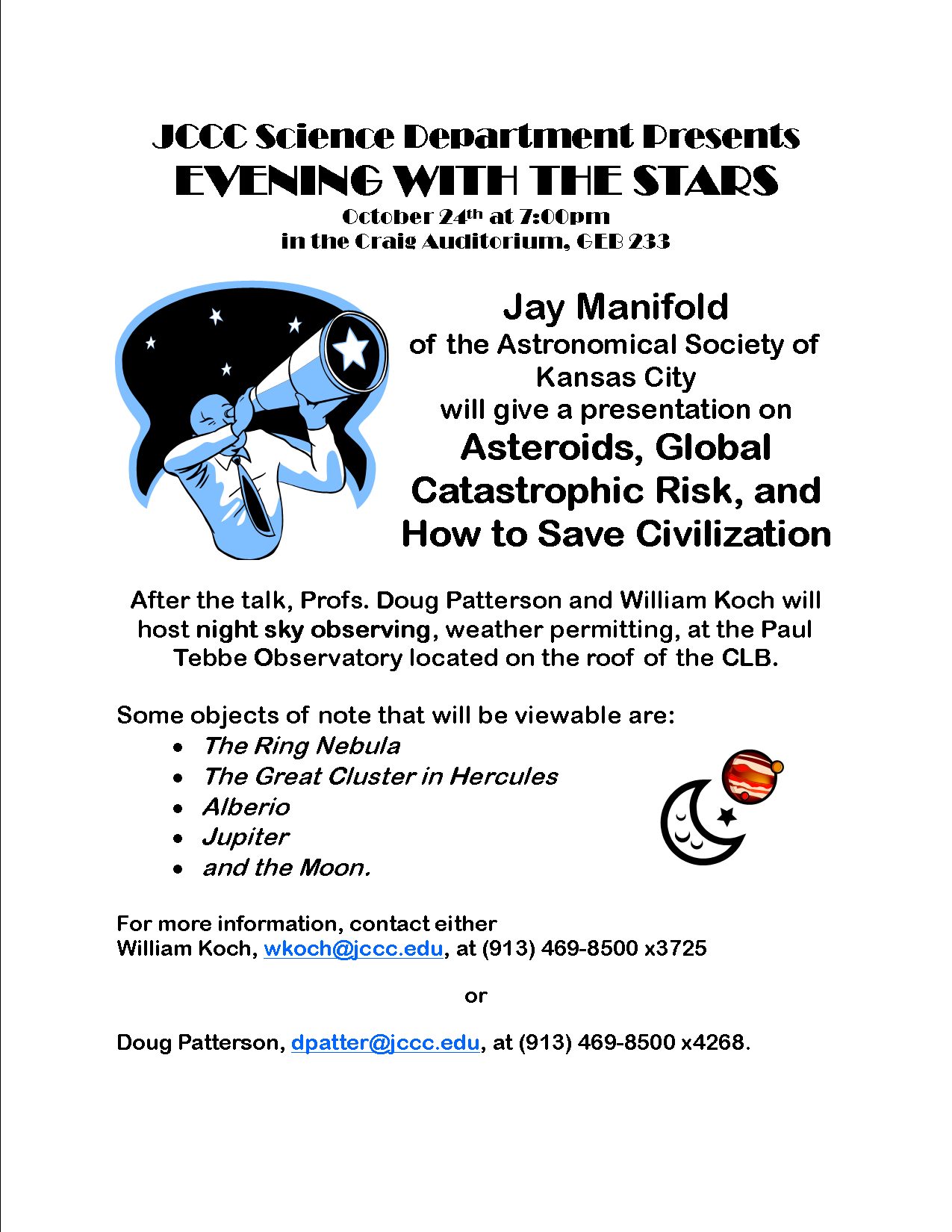
Summer Work
The corn is starting to dry out, so it must be time for the Fall semester to start up again. Here at JCCC, though, the work doesn’t stop just because its Summertime. This past summer term, I had an honors student that worked on astrophotography and differential photometry. Both were fun projects, and I’ll write more about the variable star photometry later. For now, let me show off some of the excellent images G. W. Francis took with our SBIG ST-8 CCD camera and his own Nikon D40.
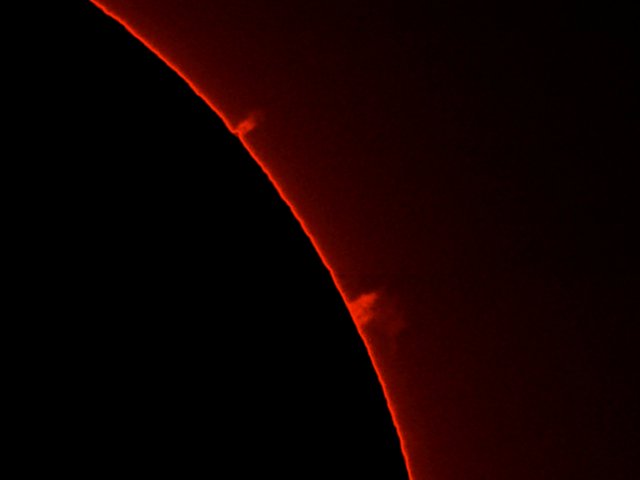
Every Monday evening in June, it seemed, was cloudy, so we decided to take advantage of a sunny afternoon and image the Sun using an H-alpha filter. This filter only allows the one wavelength of red light emitted by hydrogen atoms which enables us to see features like the prominence shown above.
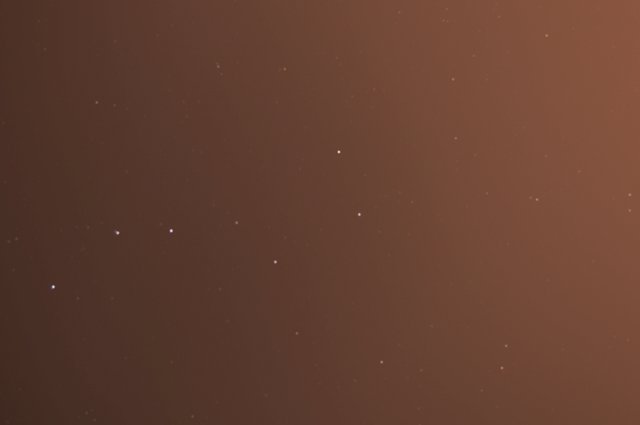
GW mounted his D40 onto the piggyback mount of our Celestron 8″ SC telescope and tried to take an image of the constellation Ursa Major. Most of what he got was the reflected light from the sodium vapor lamps in the parking lot. This was the last night of observing at the college. The light pollution was just too much for us.
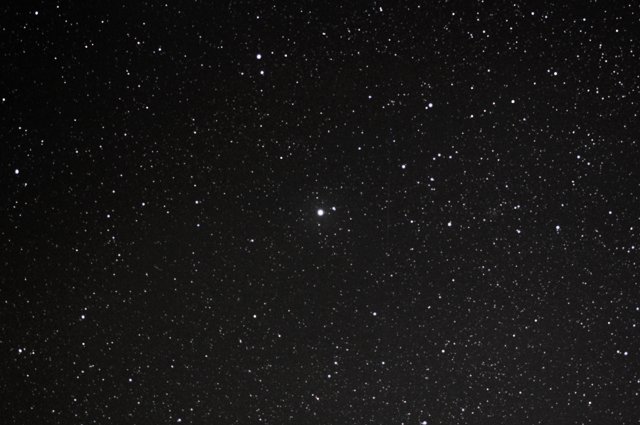
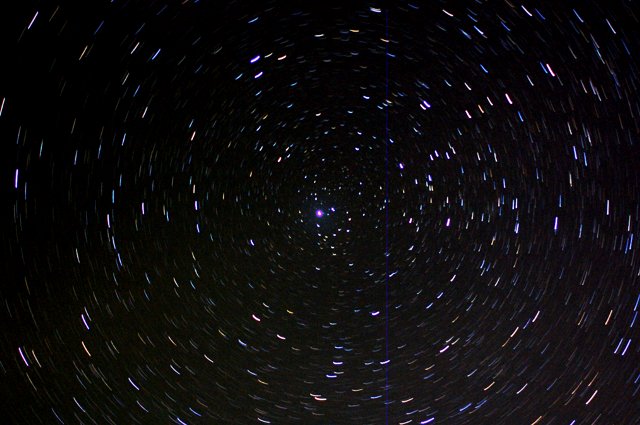
GW mounted his Nikon D40 on a tripod and pointed it northward, centering Polaris in the field of view and collected 21 images each with a 30-sec exposure. By rotating and aligning each image, a detailed view of the Northern Night Sky is revealed. When the images are not rotated, but simply stacked and merged together, the rotation of the Earth becomes apparent as the stars leave trails through the sky. Notice that Polaris, which is very close to the North Celestial Pole, remains nearly fixed in place.
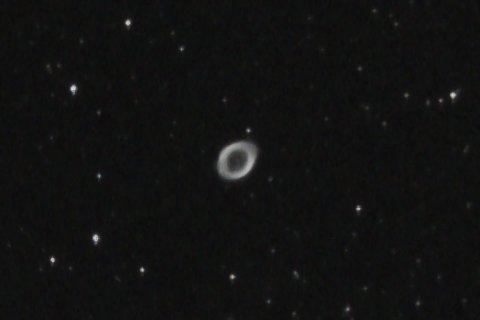
Before settling down onto the program variable star for the evening, the we targeted several Messier objects. M57, the Ring Nebula, is a planetary nebula. A star, not unlike our Sun, threw off its outer layers as it died leaving behind an expanding shell of gas and a small but staggeringly hot white dwarf in the center.
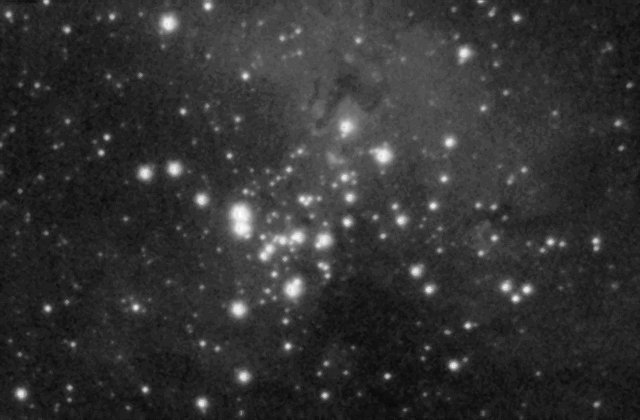
M16, The Eagle Nebula, made famous by the Hubble Telescope’s image Pillars of Creation, had to be imaged by peeking through the gaps in a maple tree near where we had setup the telescope. The location was chosen for optimum viewing of the variable star DY Her, not M16, but we got lucky. In the image you can make out the famous pillars in the top center of the image.
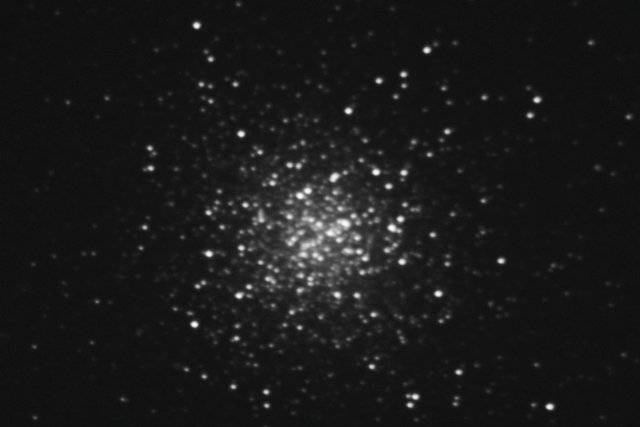
M13, the Great Cluster in Hercules, is one of the closest (relatively speaking) globular clusters to our planet. This dense cluster is home for around a million ancient stars.
First Quarter Moon
Here is a mosaic of the first quarter moon taken this last Wednesday, March 5th. The individual images were collected with a Nikon D90 threaded to the Meade 12″ SCT. The separate images were then assembled using GIMP, an open-source image manipulation program.
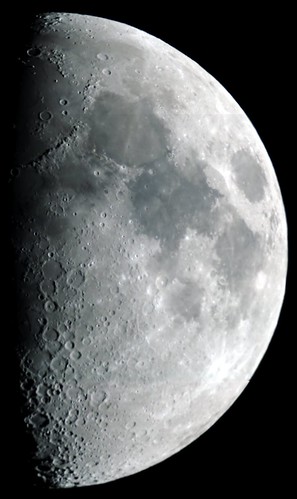
Venus-Moon Conjunction on New Years Eve 2008
New CCD Pics
First of all, the photos below were not taken by me, but by my honors student this semester. So far, the images have been pretty good, given the level of light pollution here in the middle of town. All of these images were aquired using our 12″ Meade SCT and an SBIG ST-8XME Camera and an SBIG CFW-8 filter wheel. The first is a color image of Jupiter. The red filter we have is a bit too broad and has a higher transmittance than the green and blue filter.

The next image is of the Great Cluster in Hercules, M13. This image is the combination of multiple short exposures co-added to yield a single, more detailed image.

This last image is a mosaic of five images to create a single image of the 1st Quarter Moon. …ok, slightly past 1st Quarter. The image was taken using our blue filter.

